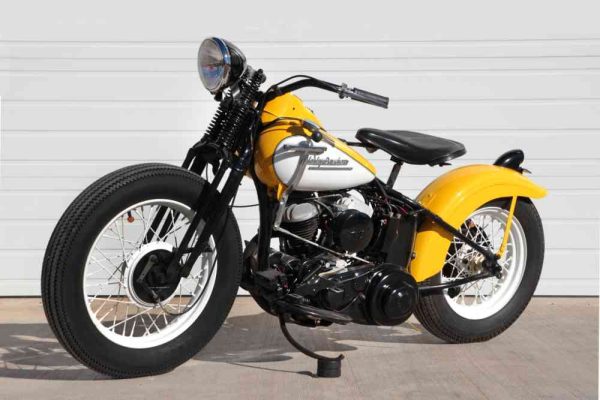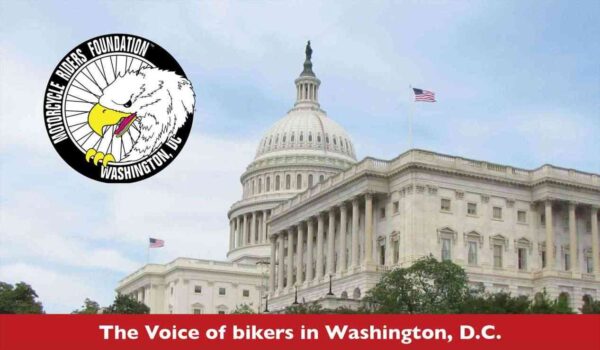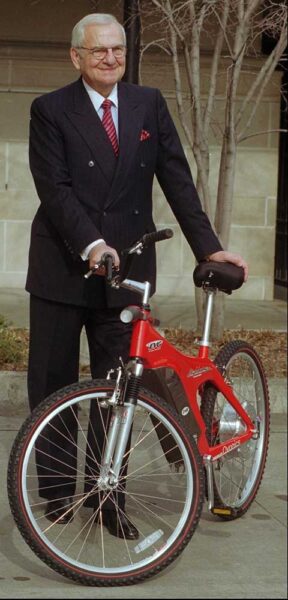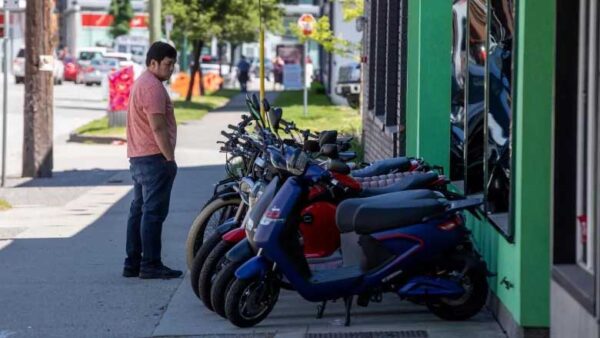OLD YELLER: Still A Viable Street Machine
by Buck Lovell with photos from Buck Lovell This little Yellow Bobber sold for above $15,000 dollars at a recent Mecums auction Most motorcycles in America in the early 1950s were no nonsense, kick-start only iron with few if any frills or comfort features as we have today. America’s modern super-speed interstate highway system wasn’t even a twinkle in President Eisenhower’s eye, and gasoline was less than 15 cents per gallon almost everywhere across the Unites States. Two wheeled motorcycles were economic, fair-weather transportation for those men and women who loved the sun on their face and the wind in their hair! Click here to read this photo feature by master photographer Buck Lovell on Bikernet.com * * * * * * * * * * * * Stay updated, stay ahead of the curve…with Bikernet Free Weekly Newsletter. Click to take it out for a spin.
OLD YELLER: Still A Viable Street Machine Read More »










